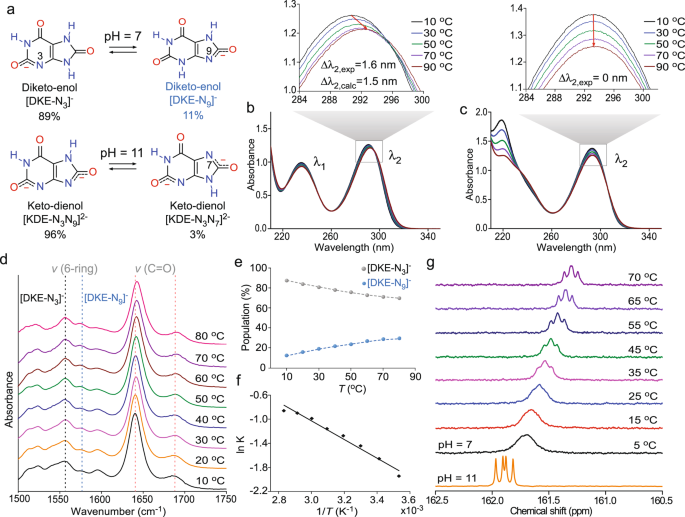2023-02-02 バッファロー大学(UB)
◆「食品汚染物質に関する連邦政府のガイドライン、特にベビーフードに関するガイドラインにギャップがあることは懸念されます。と、この研究の主執筆者であるバッファロー大学ジェイコブス医学・生物医学部小児科の臨床助教授サラ・J・ヴェントレ(MD)は述べています。
◆Ventreと彼女の共同執筆者は、2019年にベビーフードに含まれる有毒金属の報告が広まり、家族が安全性の懸念を表明するようになった後、この問題を検討することにした。研究者たちは、親や介護者、医療専門家が潜在的なリスクについて理解し、指針を示すのを助けるために、ヒ素、鉛、水銀、カドミウムなどの有毒元素が人気のベビーフードから見つかったと報告されている最近のいくつかの研究、およびHealthy Babies Bright Futuresが委託した分析を検討しました。
◆有害元素は、水、粉ミルク、母乳、自家製ピューレ、シリアルなどのベビーフード、果物や野菜、フルーツジュースなど、さまざまなものから摂取される可能性があります。有害元素が食物や水と一緒に摂取されると、消化管で吸収され、血液中に入り込みます。
◆乳幼児は特に有害元素への曝露の影響を受けやすいと研究者は指摘する。さらに、食事による有害元素への曝露が、人生の早い時期にそうした金属に曝露された子どもに引き起こされる健康影響にどの程度寄与しているかを明らかにする研究はほとんど行われていないという。これらの影響には、鉛に暴露された子どもが成人するまで、認知機能の欠損、社会経済的地位の低下、困難な性格特性などが含まれる。一方、ヒ素は、成人期における肺がんや膀胱がんと関連している。
◆子供を有害物質にさらしてしまうかもしれないと恐れて、特定の食品を完全に排除したいと思う親もいるかもしれませんが、研究者は、それは最善の行動ではないと述べています。その代わりに、多くの異なる食品や食品タイプで構成される、変化に富んだ食事を子供に与えることを勧めています。
◆子供の食生活を変化させることに加えて、研究者達は、清潔な飲料水を確保し、可能であれば最初の1-2年間は母乳を与え、ジュースの摂取を制限することも勧めています。
◆乳児用粉ミルクに関しては、どのブランドが最も重金属の含有量が少ないかというデータはあるものの、どの粉ミルクが最も安全かを特定することは依然として困難であると、研究者は述べている。さらに、両親や医療従事者は、米国食品医薬品局の乳児用粉ミルクの管理パラメータの厳格化を提唱することができるという。
<関連情報>

乳児の食事から受ける有害金属曝露:介護者及び医療従事者のためのリスク予防戦略
Toxic metal exposures from infant diets: Risk prevention strategies for caregivers and health care professionals
Sarah Ventre, Gauri Desai, Rachel Roberson, Katarzyna Kordas
Current Problems in Pediatric and Adolescent Health Care Available online:17 October 2022
DOI:https://doi.org/10.1016/j.cppeds.2022.101276
Concerns are growing regarding the presence of toxic elements such as arsenic (As), cadmium (Cd), mercury (Hg), and lead (Pb) in the ingredients and prepared foods for infants and young children. There are few clear, evidence-based, guidelines on the maximum tolerable limits of toxicants in foods and little understanding of toxicant exposure or adverse health effects attributable to dietary exposure. Caregivers are faced with the burden of making decisions about which foods to select, how often to feed them to their children, and what foods to limit. This article reviews the current literature and existing recommendations on dietary exposure to toxic elements in children under 2 years of age, and their health effects in early childhood—focusing on growth, neurodevelopment, and immune function. The article also outlines best practices for healthcare providers to address the concerns of toxic element exposure through the diet in young children. Several foods consistently appear in the literature as potential sources of toxic element exposure. Contaminated drinking and cooking water, including water used to prepare infant formula, could also be a major exposure source. In the absence of stronger evidence on effects of dietary modification, exclusive breastfeeding until six months of age, followed by a diverse diet are some strategies to reduce dietary toxic element exposure while ensuring an adequate and balanced nutrient intake. Healthcare providers can support families by sharing information and encouraging blood Pb testing, the only element for which such testing is currently recommended.



